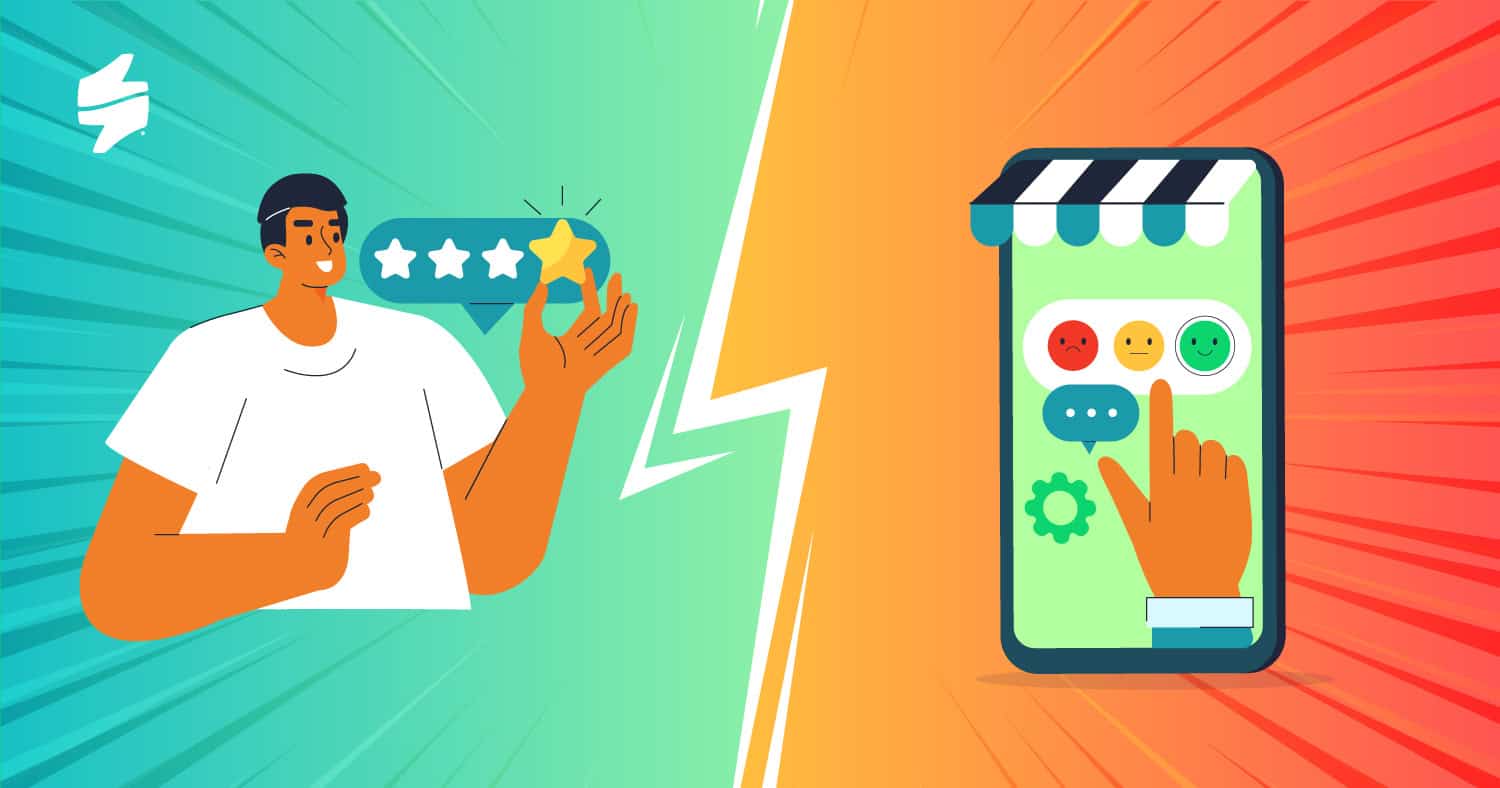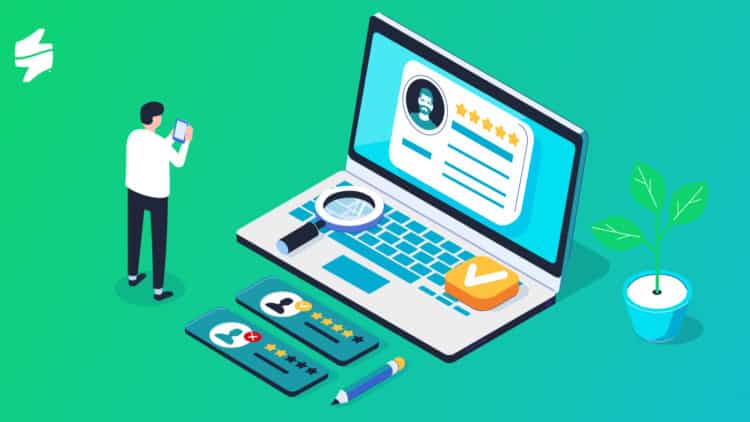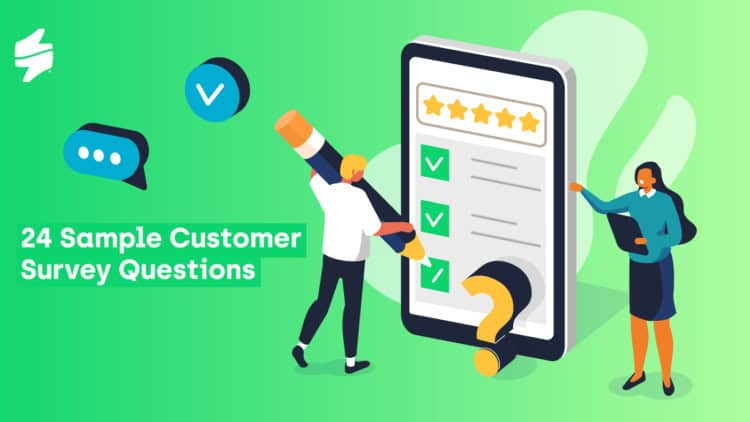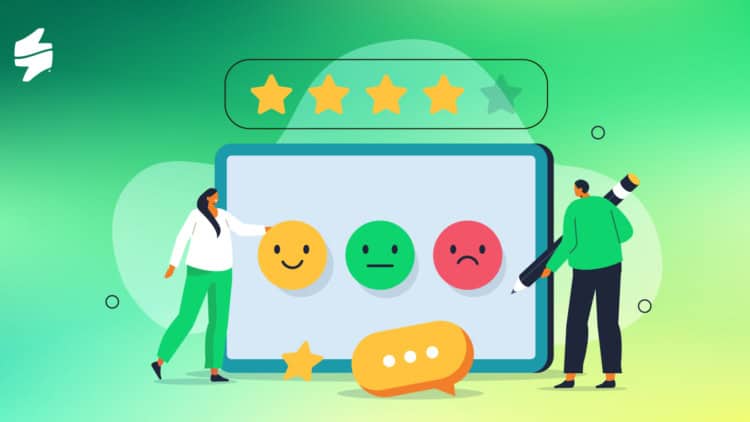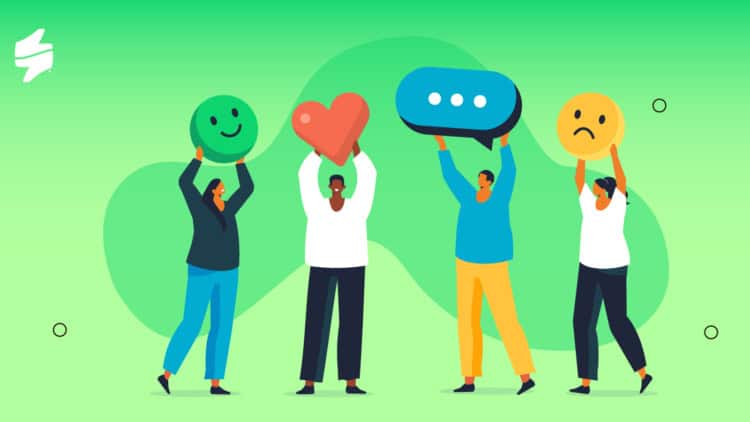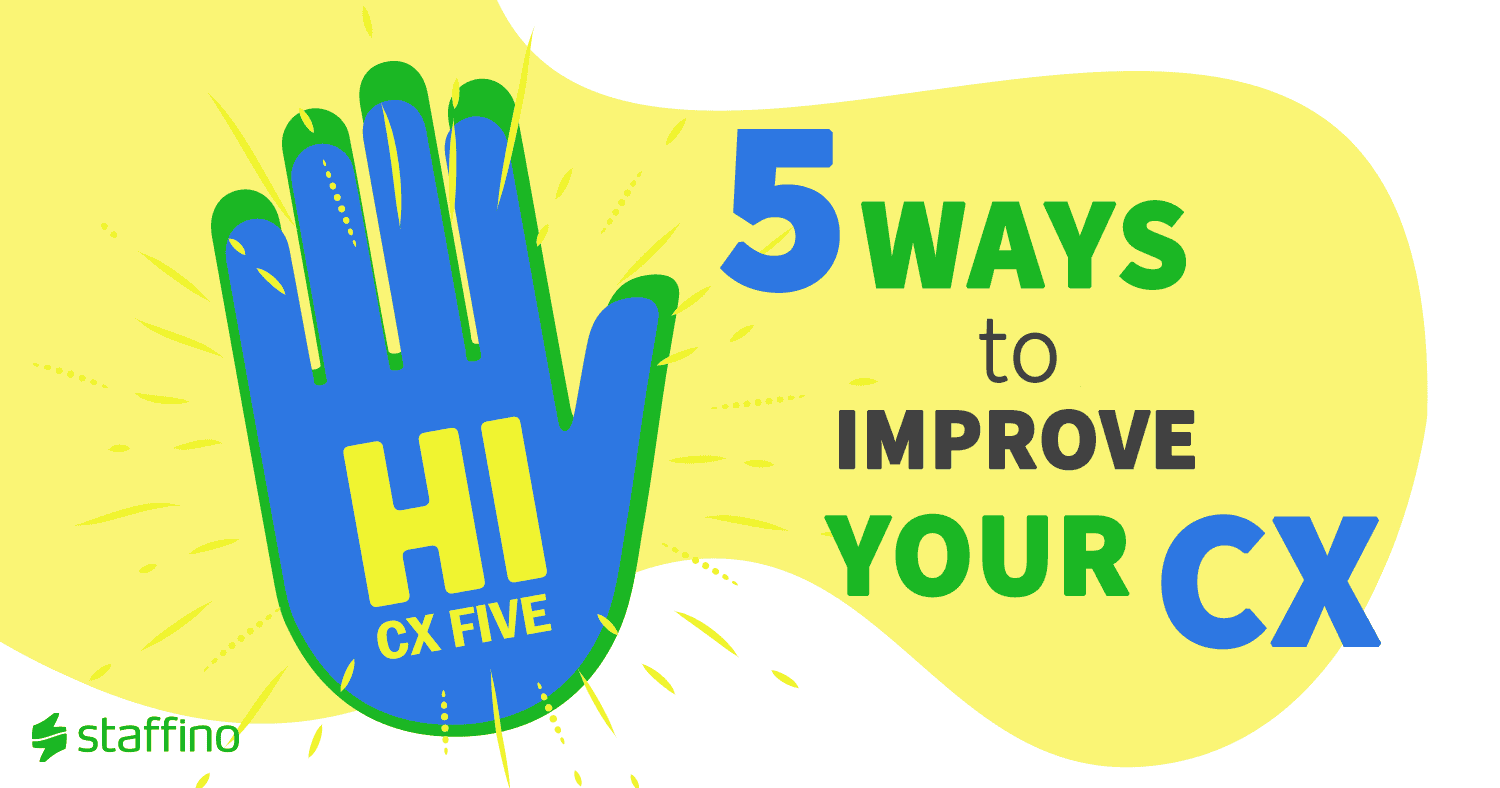The line between digital and physical customer experiences (CX) is increasingly blurring. This fusion presents new opportunities and challenges for both B2B and B2C companies, particularly in industries where the customer journey is becoming more complex and multifaceted. Understanding how to navigate this hybrid space is crucial for businesses aiming to enhance their sales and overall customer satisfaction.
How Digital-Physical Fusion Influences the Customer Journey
As an example, let’s look at the automotive customer journey, which exemplifies the seamless integration of digital and physical B2C customer experience.
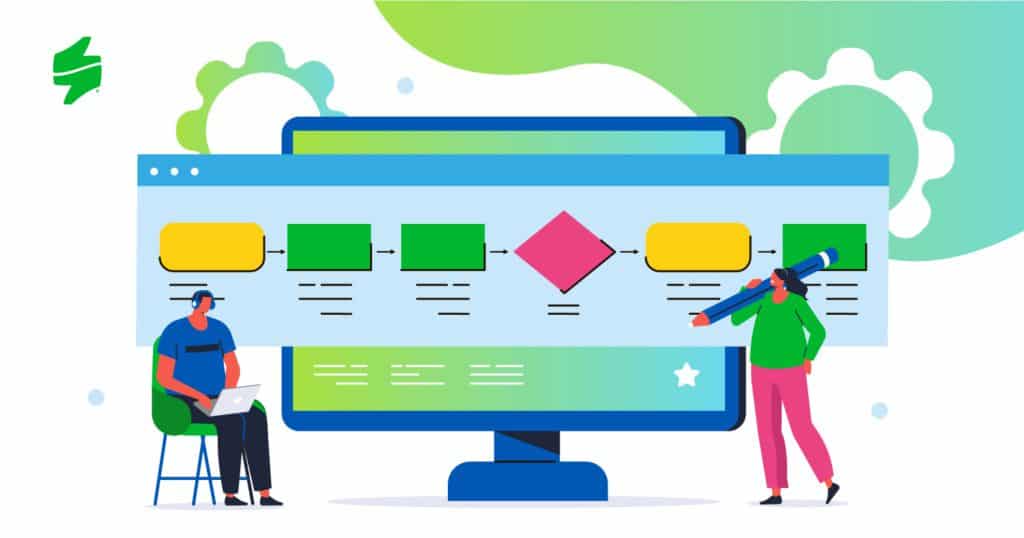
Before setting foot in a dealership, customers now embark on a substantial portion of their purchasing journey online. Imagine a young professional, Peter, who has just received a promotion and is in the market for a new car. Peter’s journey, like that of many modern consumers, begins not in the showroom but within the comfort of their home, armed with a laptop or smartphone. The first step is a deep dive into online research. Peter types in the make and model they’re interested in and is immediately flooded with a wealth of information.
Through manufacturer websites, Peter explores different models, comparing specifications like mileage, engine power, and features. High-resolution images and 360-degree videos offer a close look at the car’s exterior and interior, making Peter feel as though they’re seeing the car in person. Interactive tools allow for the customisation of car features, such as colour and accessories, providing a personalised touch to the browsing experience. But the journey doesn’t stop at browsing. Peter finds a link to a virtual test drive, a cutting-edge digital tool that simulates the driving experience of the desired model.
Understanding the importance of CX feedback, Peter then navigates to online forums and social media platforms where current owners share their experiences. Positive customer reviews and testimonials add another layer of trust and validation, influencing Peter’s perception and decision-making process.
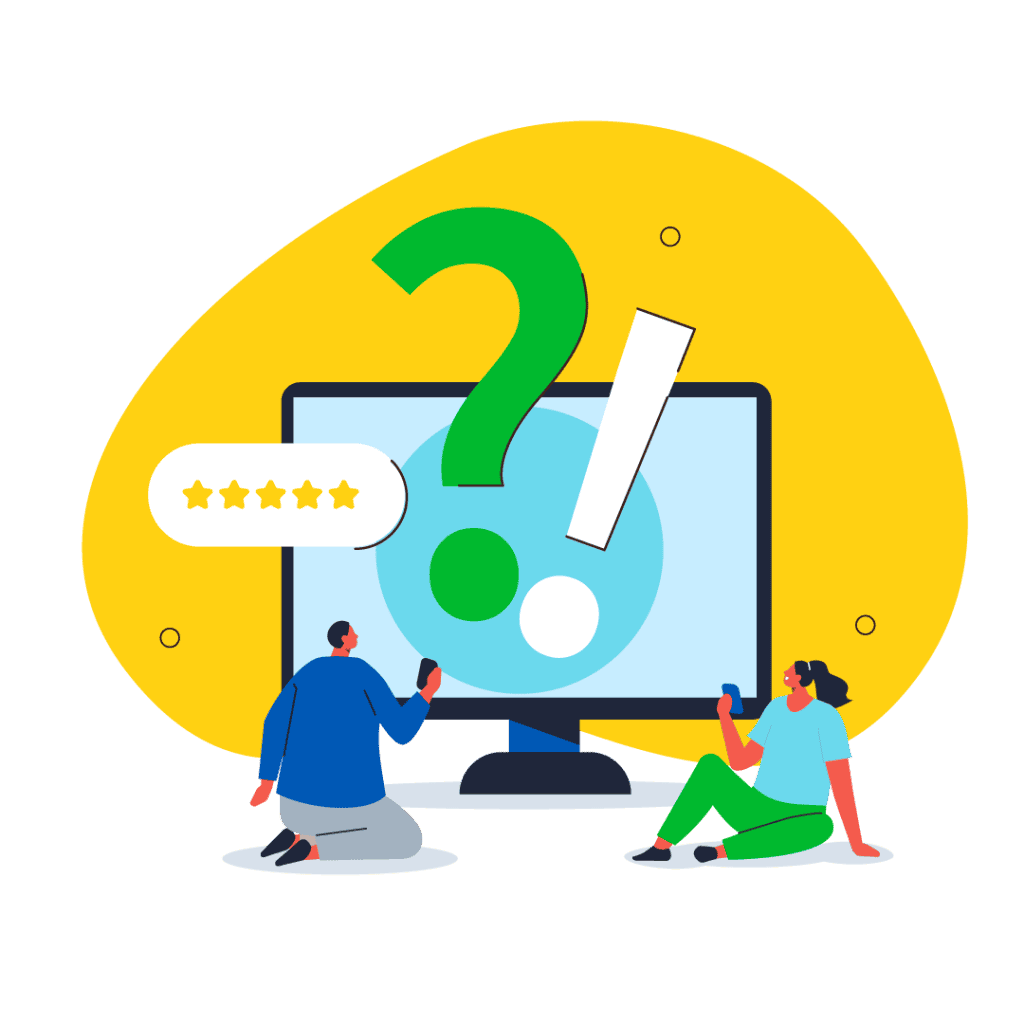
With a list of preferred models and features in hand, Peter finally decides to visit a dealership. Upon arrival, the sales staff, already informed about Peter’s preferences through an integrated customer relationship management (CRM) system, greets Peter with a tailored approach. The cars Peter showed interest in online are ready for in-person test drives, and the salesperson can provide detailed answers to any remaining questions, leveraging the knowledge that Peter has already acquired digitally.
After the dealership visit, the automotive customer journey continues digitally. Peter receives personalised follow-up emails offering additional information, exclusive promotions, and invitations for another test drive or consultation. This blend of digital and physical touchpoints creates a cohesive and personalised automotive customer experience, keeping the brand top of mind for Peter.
5 Tips for Enhancing the Hybrid Customer Experience
For B2C companies, enhancing the customer experience means ensuring consistency and engagement across all touchpoints—whether digital or physical. The B2C sector inherently focuses on personal interactions, making the integration of digital and physical experiences paramount. Companies should leverage technology to provide personalised recommendations based on online behaviour, ensuring that the transition to the physical showroom or store is seamless and reflects the customer’s preferences and needs.

In contrast, customer experience in B2B involves more complex interactions, often with longer sales cycles and higher stakes. The definition of B2B and B2C highlights the difference in their audiences—however, the importance of blending digital and physical CX remains constant. B2B companies must equally focus on digital platforms for initial engagement and education, using CRM systems and personalised content to nurture leads before transitioning to more traditional, relationship-based sales tactics.
B2B or B2C companies can benefit from several strategies to merge digital and physical customer experiences effectively:
1. Implement Omnichannel Strategies
Ensure that your brand’s message and customer service are consistent across all channels, from social media to in-person interactions.
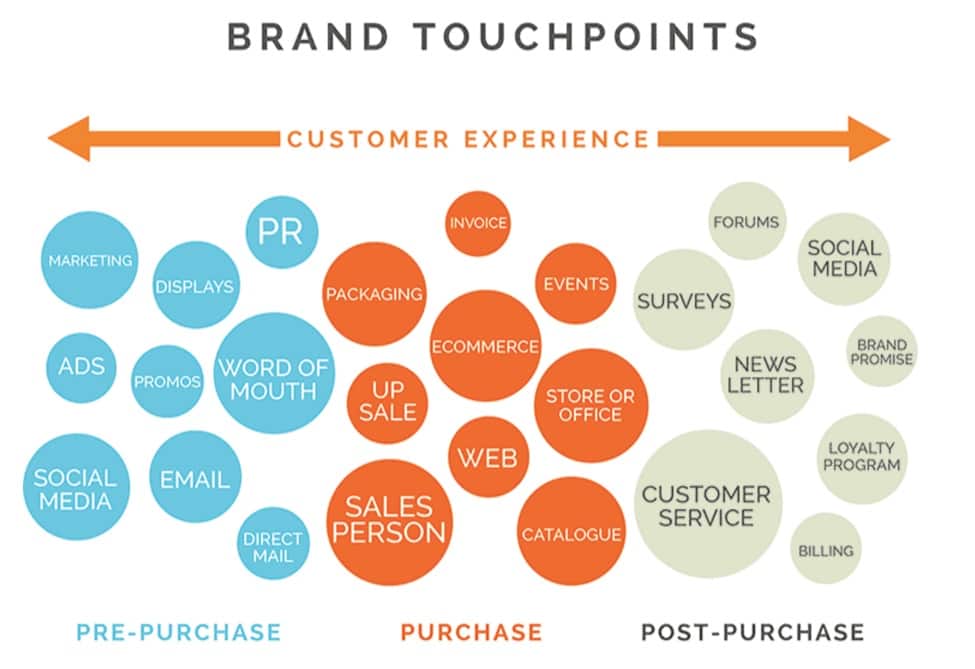
A prime example of this strategy in action is a retailer that uses its website to provide detailed product information and customer reviews, Instagram to showcase products through high-quality images and stories, and a seamless in-app messaging service that offers personalised shopping advice, ensuring that no matter where a customer interacts with the brand, they receive a cohesive and customised experience.
2. Optimise Your Website
Improving website experience is a pivotal strategy for any B2B or B2C company aiming to convert potential customers into actual buyers.
For B2B businesses, the focus should be on creating a streamlined, professional online presence that highlights the value proposition and differentiators of your products or services. This includes having a clear, easy-to-navigate website layout enriched with industry-specific content such as whitepapers, case studies, and detailed service descriptions that speak directly to the needs and challenges of your target audience. Incorporating lead capture forms, live chat features, and clear calls-to-action (CTAs) can significantly improve engagement and conversion rates by making it easier for potential clients to reach out for more information, consultation or on-site visits.
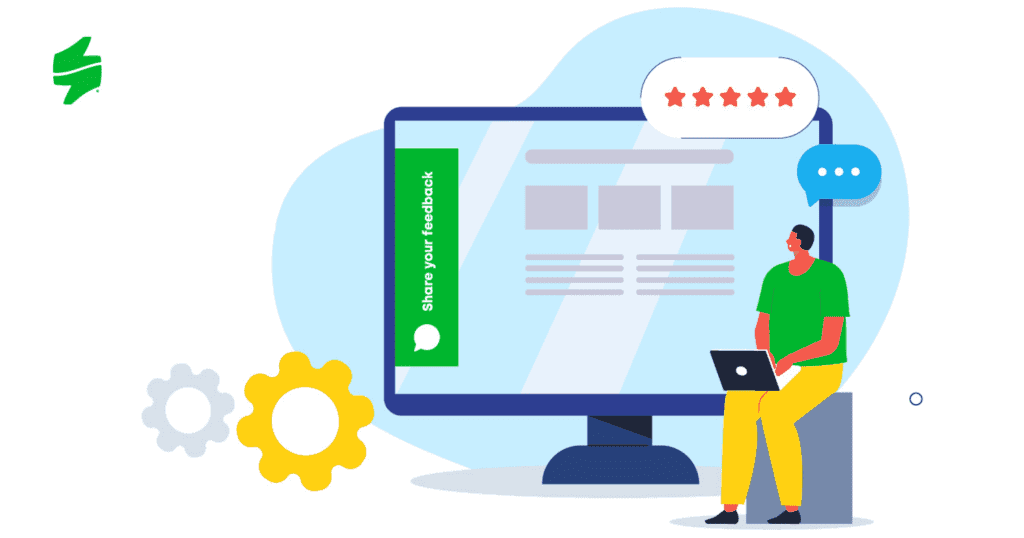
On the other hand, B2C companies should concentrate on creating an engaging, user-friendly website experience that appeals to the emotions and desires of the consumer. This includes high-quality images and videos and compelling product descriptions. Personalisation plays a key role in optimising a B2C website, with features like product recommendations, customer reviews, and loyalty programs that make shoppers feel understood and valued. By focusing on these aspects, B2C companies can effectively increase brand awareness, customer satisfaction and loyalty.
3. Leverage Online Reviews
Online reviews significantly influence consumer behaviour. Actively managing your online reputation and responding to reviews can not only attract customers but also enhance your employer reputation and motivate employees by highlighting the impact of their work on customer satisfaction.
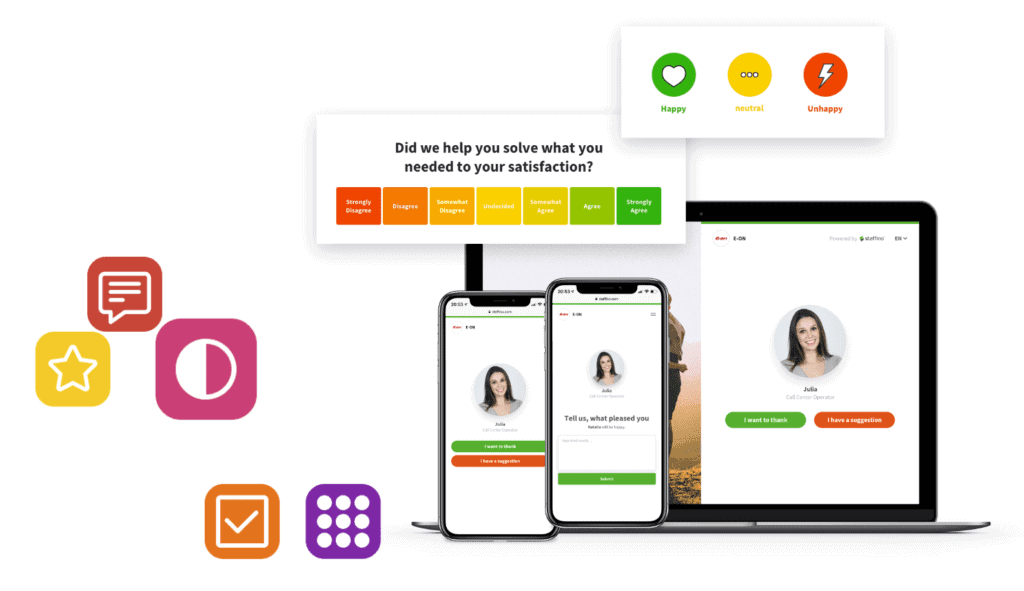
To implement a targeted review strategy, utilise customer satisfaction surveys to gather feedback. This feedback can then be showcased on your social media platforms or website.
4. Focus on Employee Motivation
Motivated employees are crucial for delivering exceptional customer service, both online and offline. Implement motivation tips such as recognition programs and professional development opportunities to keep your employee engagement high.

Later in this article, we’ll discuss in more detail how you can inspire your team to deliver exceptional, cohesive customer service across all contact points.
5. Utilise Data Analytics
Understanding customer behaviour through data analytics can help tailor the digital experience to individual needs, making the physical interaction more personalised and effective. If you haven’t invested in a CX dashboard yet, now is the time to do so in order to gain a detailed overview and comparison of customer experience across various online and offline touchpoints.

Transform Your Customers' Experiences
Create a bulletproof customer journey with tailored CX products and services that will foster loyalty and reduce churn.
How to Make Employees Embrace the Fusion of Physical and Digital CX?
How to motivate employees to deliver consistently high-quality customer service, creating a cohesive and satisfying customer journey across all touchpoints? Here are four useful practices:
1. Cultivate a Unified Service Vision
Start by developing a clear, compelling vision of what outstanding customer service looks like for your company, making no distinction between online and offline interactions. Communicate this vision passionately and consistently to your employees, ensuring everyone understands their role in bringing this vision to life. When employees see the bigger picture and how they fit into it, employee motivation to contribute positively increases.
2. Recognition and Rewards Programs
Implement employee recognition programs that celebrate employees who provide exceptional service, regardless of the medium. This could be through ‘Employee of the Month’ awards, shoutouts in team meetings, or even through social media highlights. Make sure to acknowledge both online and offline achievements. Rewards could also include gift cards, extra time off, or other perks that align with your employees’ values and needs.
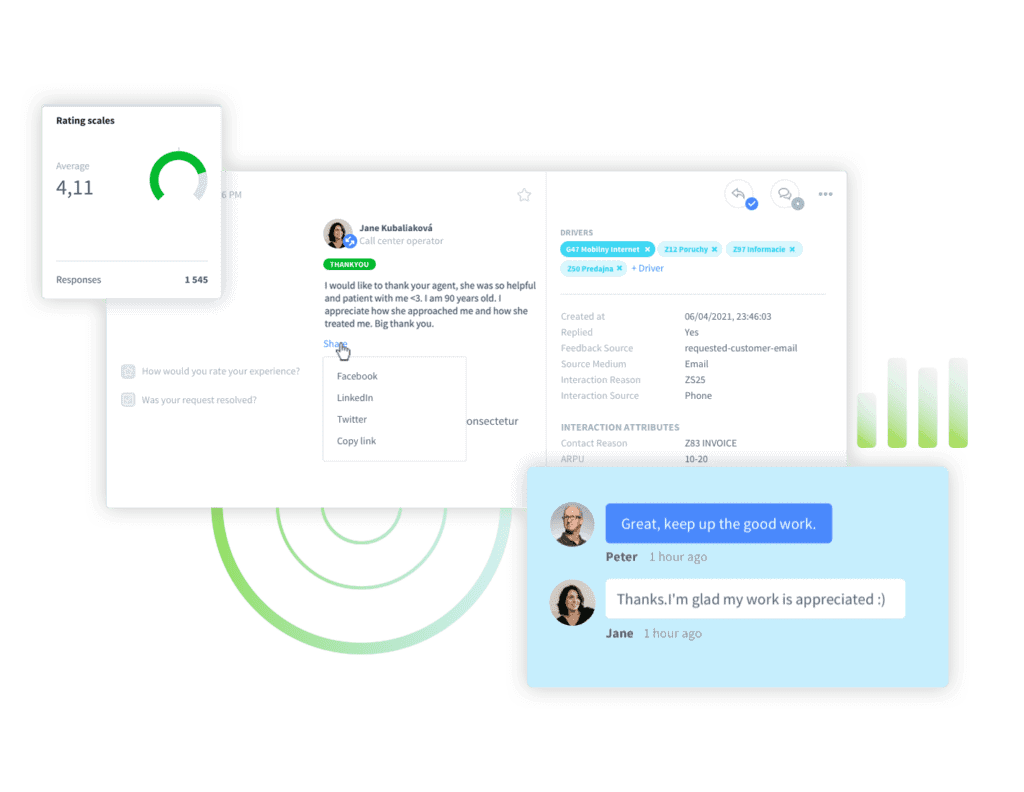
3. Consistent Feedback and Open Communication
Establish a culture of open communication where feedback flows freely in both directions. Regularly solicit your team’s input on how to improve customer service and make them feel heard by acting on their suggestions. Provide constructive feedback on employee performance, offering specific examples of what they’re doing well and where there’s room for improvement. This approach not only ensures that customer service standards remain high across all channels but also improves your employer reputation.
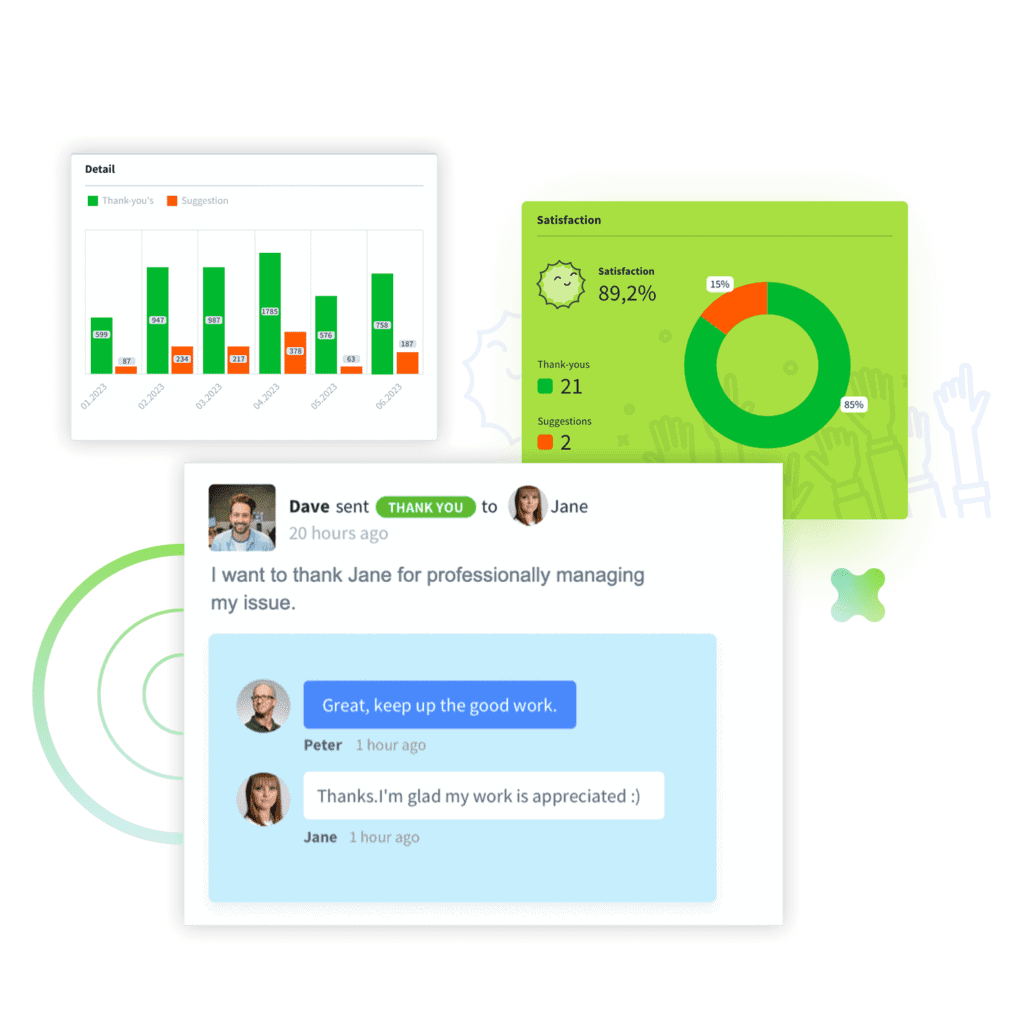
4. Foster a Culture of Empathy and Respect
Unfortunately, more often than not, we encounter a clash between online and onsite customer service employees. Encourage a work environment where empathy and respect are at the core of every interaction, not just with customers but also among team members. When employees feel respected and valued by their peers and leaders, they are more likely to extend the same level of care and consideration to customers. Feel free to use some of these empathy exercises for teams to achieve more genuine, compassionate customer service, whether online or in person.
Remember, motivated employees are your brand’s best ambassadors, and their engagement is crucial for building lasting customer relationships.

Give Your Employees the Recognition and Motivation They Deserve
Does your team need a little extra motivation? Our platform provides powerful insights into your team’s performance and various recognition tools that help ensure everyone feels appreciated.
The Future of CX is Hybrid
As the automotive customer journey above illustrates, the future of customer experience lies in the successful integration of digital and physical realms. By understanding the nuances of B2C and B2B customer experience management and focusing on strategies that enhance both online and in-person interactions, companies can navigate the complexities of today’s marketplace with ease. Whether through improving online reviews, focusing on motivation in the workplace, or leveraging data analytics, the goal remains the same: to create a seamless, engaging customer experience that drives loyalty and sales.
In conclusion, the blurring lines between digital and physical customer experiences offer a wealth of opportunities for businesses willing to innovate and adapt. By focusing on the holistic customer journey, companies can set themselves apart in an increasingly competitive landscape.
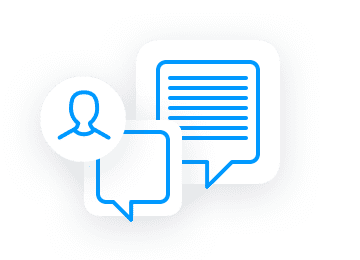
Experience Management Made Smart
Boost your business performance with Staffino – the ultimate platform to deliver unique experiences for your customers and employees.
